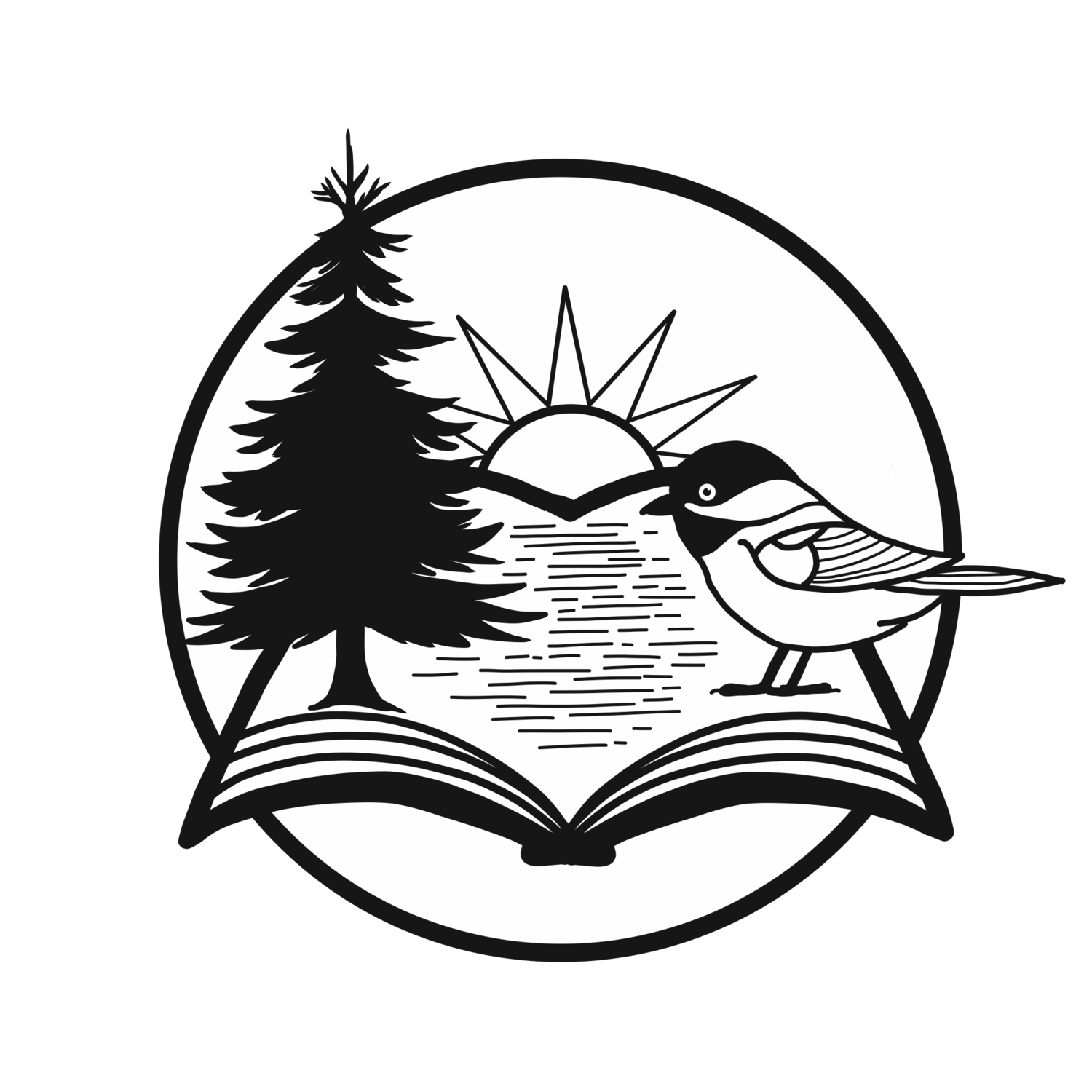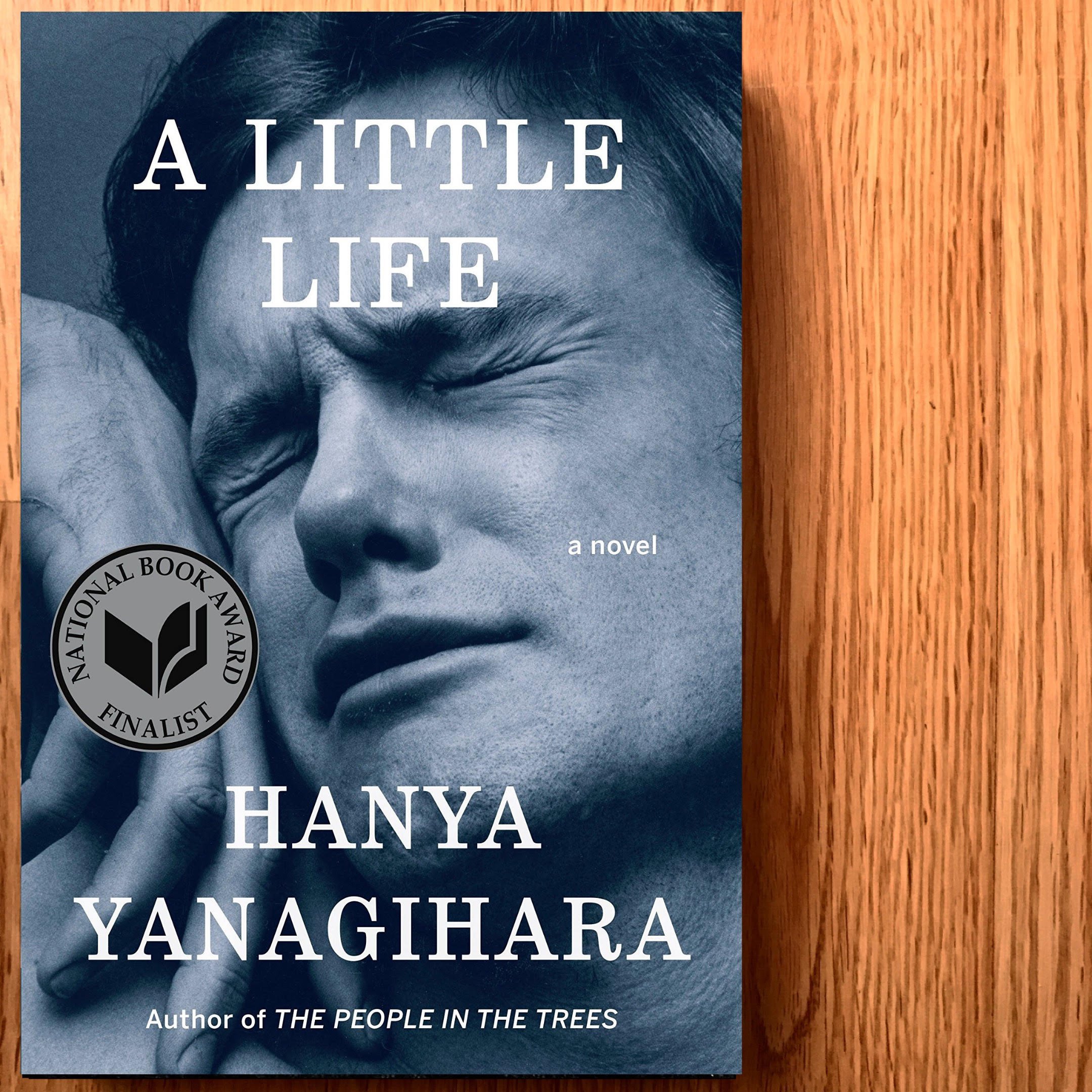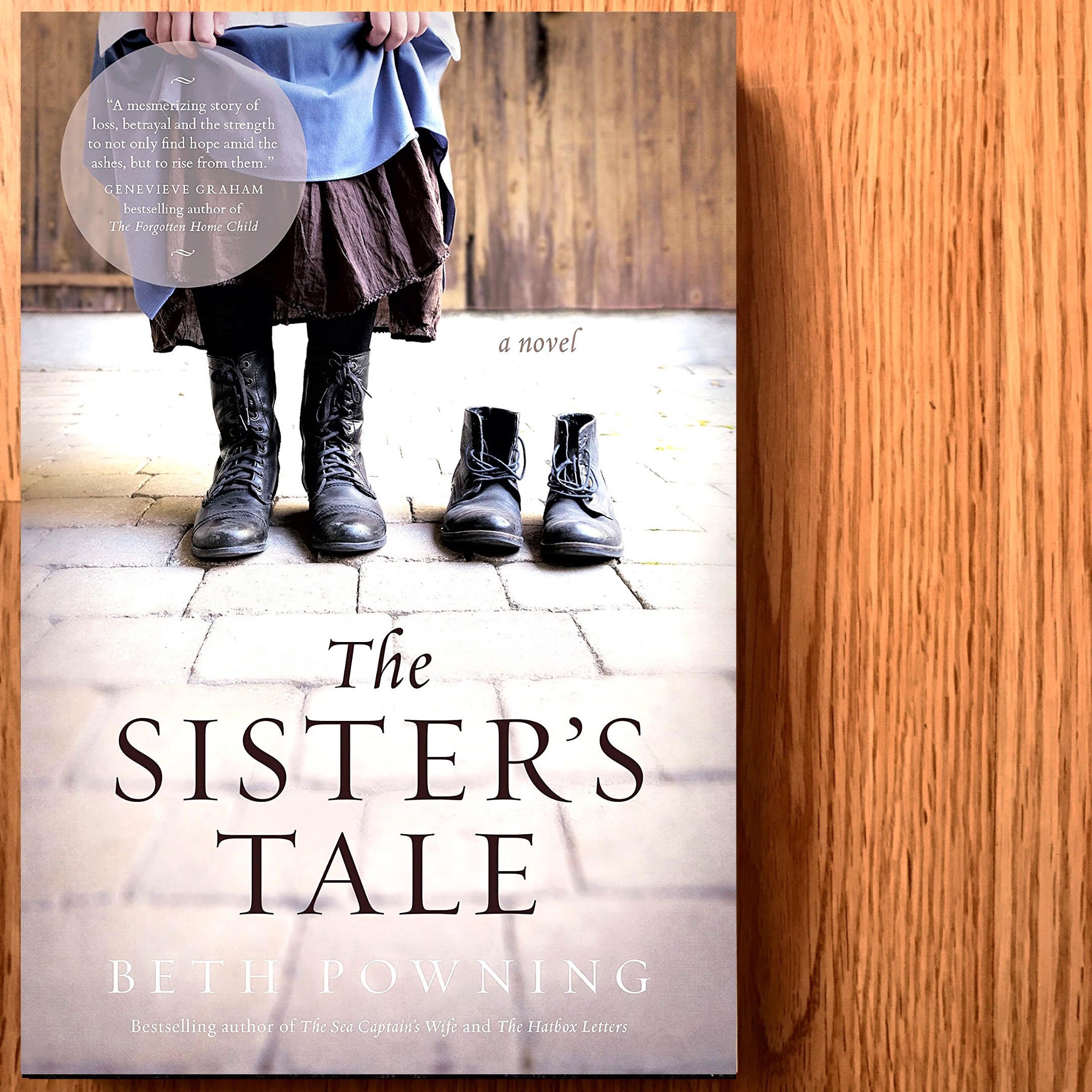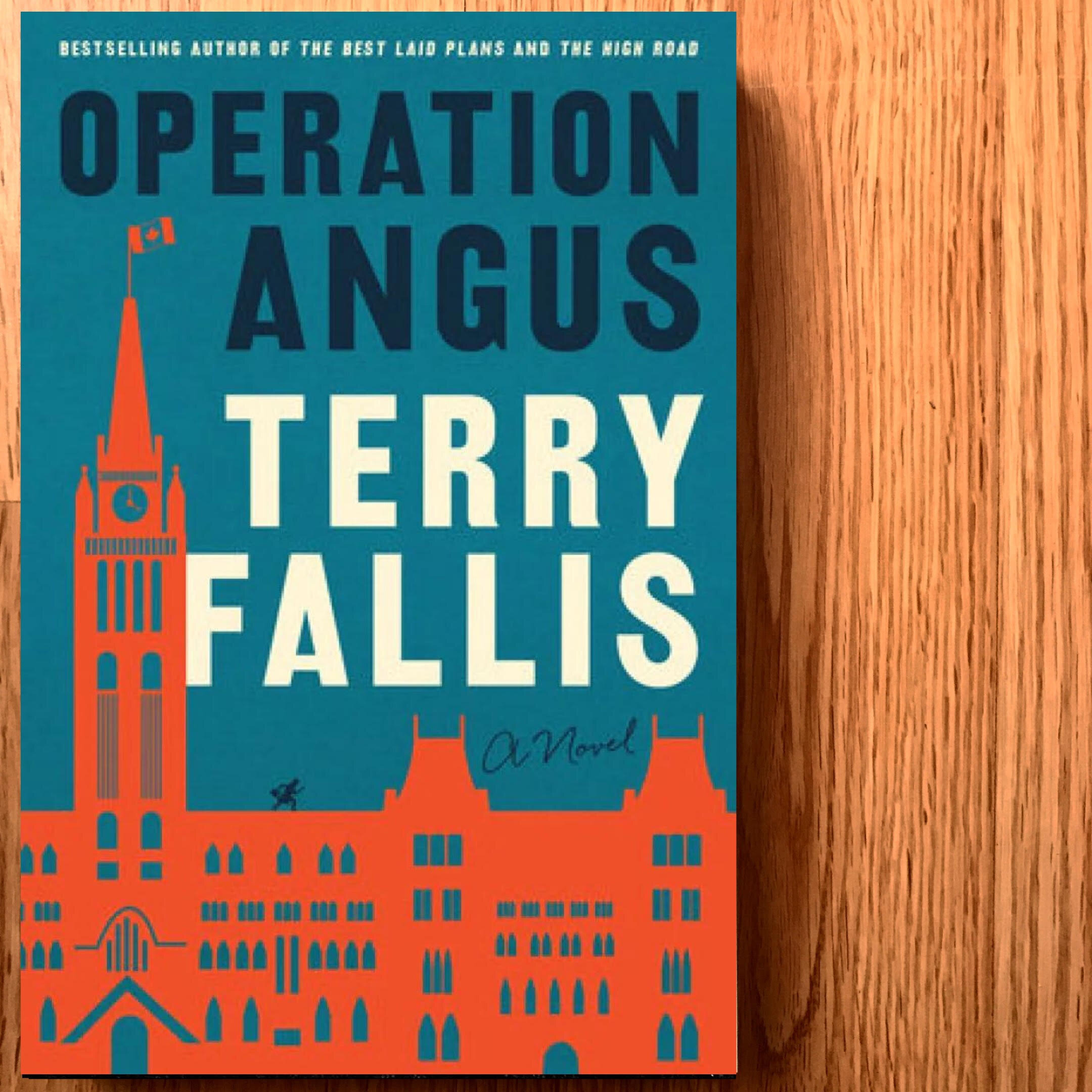The High Road was released over a decade ago, and you've written a number of successful novels during the years between; what brought you back to Daniel and Angus? Is this something that's been brewing the entire time? How did the years apart influence or help the story?
When I finished The High Road, I never really had any intention of returning to Angus and Daniel again. I wanted to see if I could write something other than political satire. So over the next eleven years, I wrote five more novels, all different and none about politics. But a funny thing happened during those eleven years. At every reading and talk I would give, someone would always ask, (and I do mean always) When is Angus coming back? It’s humbling and gratifying to create characters that seemed to have struck a chord with so many Canadians. So I finally said to myself, “Why am I fighting this?” So Angus is back by popular demand. I wondered if after eleven years I still knew the characters. But I soon learned as I started to map out the new story that they had been in my head and heart the whole time, just waiting to return for another adventure. It was like pulling on a favourite sweater again. But I decided not to make it a purely political satire like the first two. Rather, I wanted to attempt to write a comic thriller of sorts, where the high stakes and danger of a thriller come together with humour. I’m still not sure if I’ve succeeded in treading that fine line, so I’ll leave that to the readers to decide.
Daniel and Angus were first introduced to the world in your debut novel The Best Laid Plans, and in some ways you were, too. How does it feel coming back to the characters that gave you your start and why do these specific characters stay with you?
While I was nervous before I started, I need not have been. It really did feel wonderful to be immersed again in the world of Angus, Daniel, and the rest of the crew. I think I’m fond of the these characters for the same reason so many readers are. Angus is one of a kind. His principles, his honesty, his ethics, his curiosity, his commitment and his kindness come together in a way that just makes people like him and want to support him. And Daniel is just a good guy, trying to do the right thing, while keeping Angus out of trouble. They are both people you wouldn’t mind having at your side in moments of high drama. I also think Angus represents the kind of politician many Canadians want to elect.
Was it at all difficult to revisit Angus McLintock's Ottawa? Were there any unexpected challenges in returning to this setting? Conversely, were there any aspects that you expected to be difficult but discovered to be surprisingly easy or comfortable?
Ottawa hasn’t really changed that much and the new novel opens just a few weeks after The High Road ends. But adding the assassination plot as the story driver did make the novel feel a little different to write, because I was having to adapt to a faster pacing and more action packed scenes than in the previous two novels. Balancing the humour with the action was a little tricky, too. But I was immediately comfortable writing Angus, Daniel, and the other familiar characters again.
Operation Angus has a very Canadian feel to it, but at the same time there's something unexpected and amusing about the juxtaposition of Canadian politics and a classic spy tale. What process brought you - and Daniel and Angus, of course - to the genre?
I always try to challenge myself as a writer to do something at least a little different in each novel that I haven’t done before. In this novel, it was the idea of writing a comic thriller or spy story. While I’ve read and enjoyed lots of thrillers, I’d never written one, let alone a funny thriller. So it was a way to return to these wonderful characters, but with a fresh story that thrust them into a different world and challenged them in many new ways.
You've spoken in the past about how a confluence of enormous luck and fortuitous small details affected your journey from writing The Best Laid Plans to becoming a published author of multiple books. Does your literary success play much of a role in your writing such as your process, themes, concepts, or overall experience or are you able to pack away those thoughts and enjoy the simple pleasure of writing?
I still have difficulty believing that I actually now have eight novels under my belt! I’m always accompanied on the journey by self-doubt and I like it that way. I want to be the same writer who sat down 15 years ago to write The Best Laid Plans without knowing I could do it. So I have no difficulty pushing away thoughts of literary success because I always doubt that it will happen. I’m still writing in the same room in our house as I was on my first novel, so it all feels just the same. And that works well for me, I think.
Can you tell us a bit about what project you’re working on next?
Without giving too much away, I’m working on a funny novel that looks at aging, male friendship, grief and recovery, and family, with a little bit of music thrown in for good measure. The novel will be set in Toronto and Paris. The challenge I set for myself in this novel is to write a narrator who is my own age, 62. All of my narrators to date have been younger than I am, likely because I still feel like I’m locked in amber at about 35 years old!
What advice would you give to aspiring authors who are trying to navigate the publishing world?
I would tell them not to worry about the publishing side until they’ve written, edited, and polished, the very best manuscript they possibly can. Put all of themselves into the writing. That’s what’s important. When they get to the publishing part of the equation, they should pack a lot of patience and perseverance. They’re likely to need it. But it’s the writing that really counts.
What is your “must-read” book recommendation and what book has had the most impact and influence on your writing?
It’s hard to pick just one, so let me suggest that for my “must-read” pick, I’d go with A Gentleman in Moscow by Amor Towles. I really loved this story and the main character. I chose it for our book club and it ended up being our highest-rated book of the year.
As for the book that had the most impact on my writing, I would say John Irving’s A Prayer for Owen Meany. You may not know that John Irving is my mentor. Don’t worry, John Irving doesn’t know either. But I have learned so much from reading Irving’s novels, particularly his skill at juxtaposing humour and pathos.





















